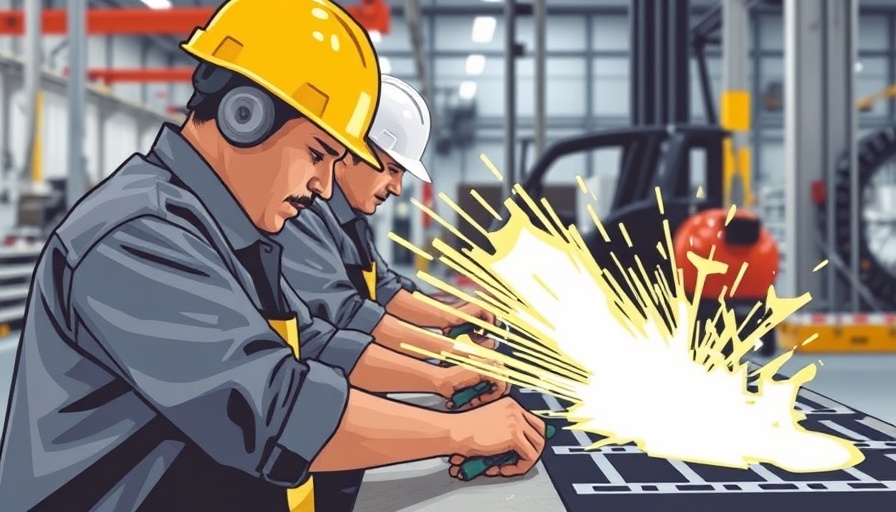
Transforming Rural America Through Advanced Manufacturing
In a time when the economy is shifting dramatically, rural America stands at a pivotal crossroads. The COVID-19 pandemic and global events have skyrocketed interest in advanced manufacturing as a potential engine for job creation and economic growth, especially in areas that have historically struggled to gain a foothold in high-tech industries. By investing in advanced manufacturing initiatives, we have the possibility of sparking significant changes, revitalizing communities, and driving prosperity.
The Untapped Potential of K-12 Partnerships
As companies focus on reshoring and ramping up domestic manufacturing capacities, a startling gap emerges—a projected shortfall of 2.1 million qualified manufacturing workers by 2030. This news highlights the urgent need for a strategic collaboration between the K-12 educational system and industry leaders. By preparing students for careers in advanced manufacturing, schools in rural areas can not only provide valuable skills but can also shape the future workforce that the new economy will demand.
Monetizing Educational Investments
Investing in partnerships between K-12 schools and industry could yield staggering economic rewards. According to research, improved productivity and employee retention can collectively generate about $20 billion, while an additional $34 billion could flow to rural American workers in the form of higher wages. Such investments aren't just a pipeline to a prosperous workforce; they are a direct path to community improvement and resilience.
The Path to Implementation: Skills and Connections
Fulfilling this mission will require a two-pronged approach. Schools must renew their commitment to teaching core skills like literacy, math, and critical thinking, which are fundamental to any career, especially in complex fields like manufacturing. Additionally, implementing effective career-connected learning initiatives will bridge the gap between education and employment. These programs should focus on aligning high school curricula with the skills sought by employers, enhancing students' readiness for post-secondary education and high-tech occupations.
Awareness of Industry Needs
For rural educators and business leaders, staying informed about industry trends is crucial. As technologies such as AI and smart manufacturing advance, understanding these developments can shape curriculum innovations. Embracing AI tools in the classroom can further enrich learning experiences, preparing students for roles in the evolving economy.
Looking Ahead: Future Trends and Opportunities
The intersection of education and industry in rural America opens doors not only for job seekers but for business owners eager to uplift their communities. Companies next to rural areas may be increasingly inclined to invest locally, creating opportunities for small businesses and startups in the process. By fostering strong partnerships, stakeholders can set the stage for economic resilience that resonates across generations.
As the landscape of advanced manufacturing continues to evolve, it will be essential for K-12 institutions and industries to collaborate effectively. Investing in a shared future can lead to transformational benefits, not just for students, but for the very fabric of rural American communities. Embracing this opportunity may very well redefine what success looks like in the coming years.
 Add Row
Add Row  Add
Add 




Write A Comment